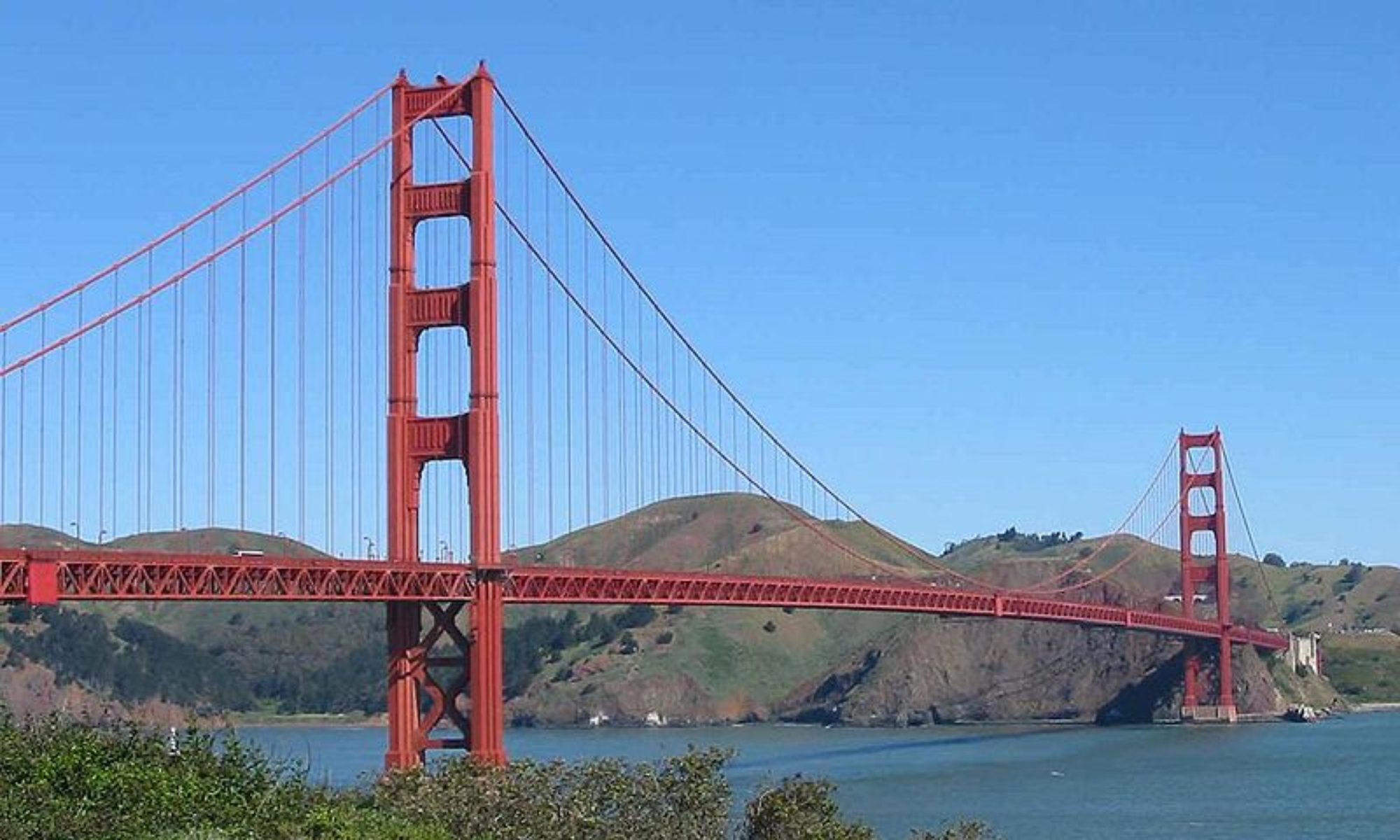
This week, I have been traveling to Washington, DC, to get my stepdaughter settled in at George Washington University. While sightseeing, I had a chance to stop in at the Newseum, the recently opened news museum. If you ever have a chance, I urge you to visit Newseum – it’s an incredible experience.
As a follow-up to my last blog post, it was interesting to see the role that citizen journalism has played throughout history. One of the exhibitions, the Pulliam Family Great Books Gallery, included a number of historical printed documents, such as Thomas Aquinas’ “Summa Theologica,” Thomas Paine’s “Common Sense,” a few Revolutionary War pamphlets, and Frederick Douglass’ autobiography. I was struck by the role these early political observers and commentators played in the evolution of modern journalism. Viewing some of the archival material at the museum and the very moving 9/11 exhibit, it reminded me that much of citizen journalism is a matter of being a witness and recording what you see. It’s often a matter of being in the right place at the right time and making observations.
So in a sense, today’s bloggers and tweeters are carrying on the tradition of the pamphleteers, commenting on events of the day. There were a number of Newseum exhibits that talked about Internet technology and its impact on journalism today, such as the Twittering of the recent Moldovian revolution. Blogs have the potential to be the pamphlets of the 21st century, and as with the early pamphleteers, there is a responsibility that comes with blogging. This is part of the reason I am so concerned about making sure there is transparency in the blogosphere. Whether you are on Twitter, Facebook, LinkedIn, or maintaining a weblog, you need to tell visitors who you are and where your interests lie.

